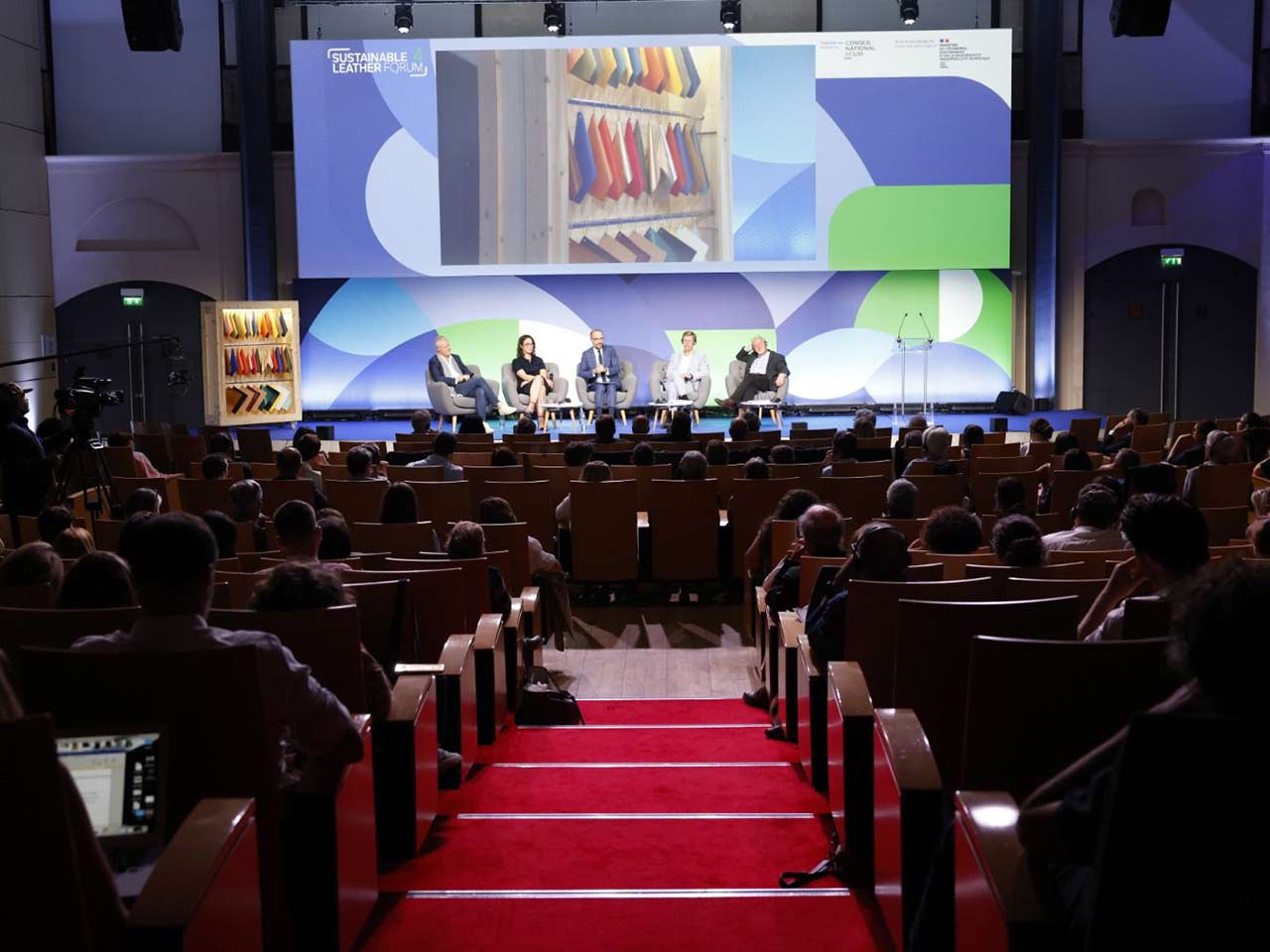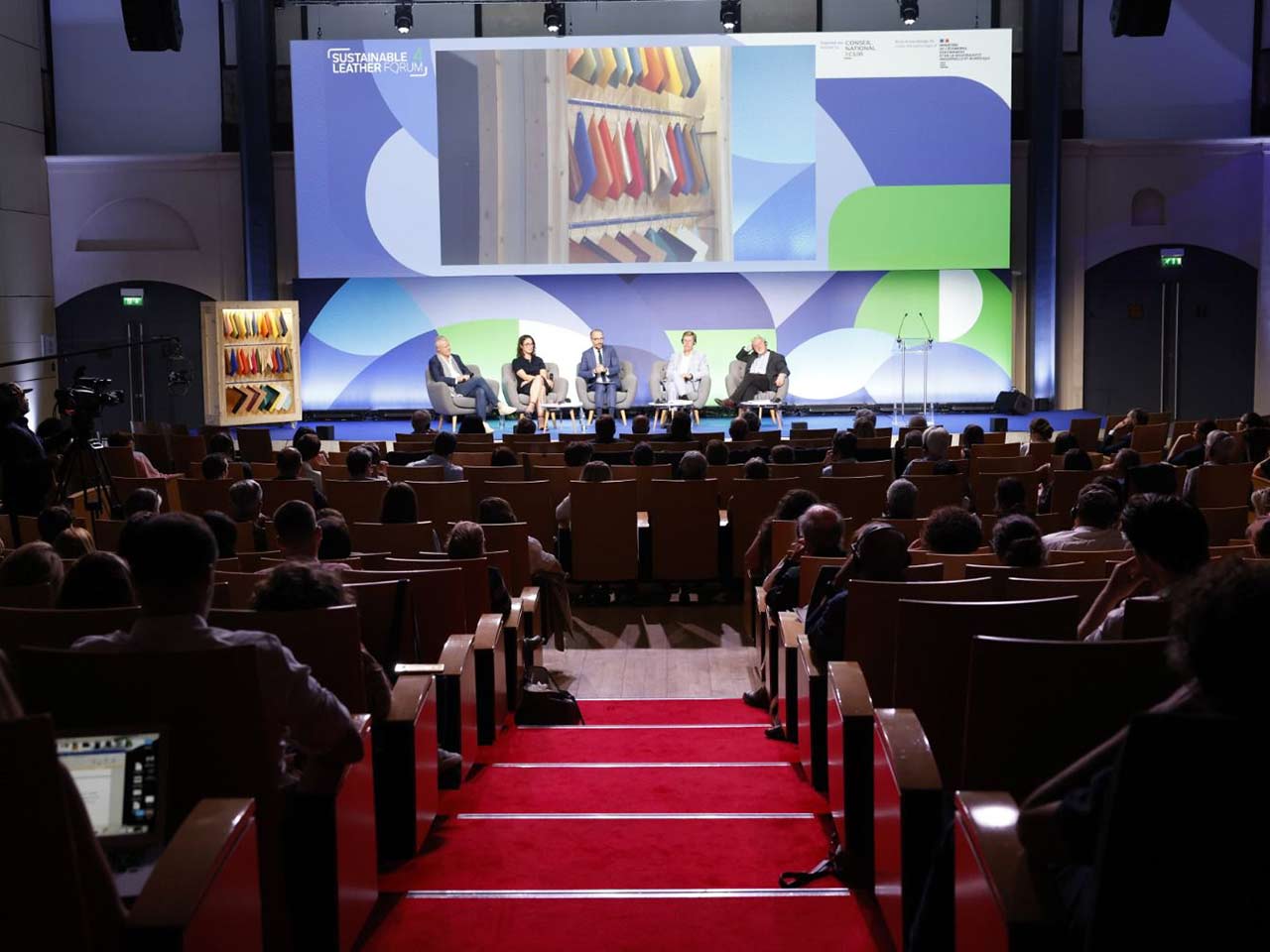The Italian luxury lingerie brand, emblem of a sexy Made in Italy, is experiencing major financial difficulties. Five years after joining Dutch investment fund Tennor Holdings, La Perla is struggling with changing consumer habits and a contracting economic climate.
The extraordinary round-table meeting held in Rome at the beginning of September between the Italian government and the company’s management was undoubtedly the culmination of a worrying financial situation over the last few years.
The investments made by successive owners are such that the company has accumulated heavy debts, accentuated by the pandemic period and an excessive diversification strategy.
Lack of liquidity
It all started with a shock announcement by union representatives in the first half of August.
Due to the crisis, the investment fund Tennor Holdings, owner of the Italian luxury lingerie brand La Perla, declared that it was unable to pay the monthly salaries of the 350 employees working for the company in Italy.
The President of the Emilia-Romagna Region, which includes the town where the factory is located, sees this as a “flagrant violation of the commitments made by the owners with the institutions, first and foremost the Region, and with the trade unions”.
Three months earlier, however, the group’s management had announced an imminent relaunch of the brand, with a host of investment projects.
In detail, these same owners had made a commitment to the Region to pay their suppliers 60 to 70 million euros on credit within a month, to get the Via Mattei factory back on its feet and to develop new products.
Faced with the outcry, the Italian government took up the issue. On Tuesday, September 5, it summoned to the Mimit (Ministry of Enterprise and Made In Italy) representatives of the Region, members of the group’s management board, including the German owner and financier Lars Windhorst, and the unions.
At the same time, 160 workers from the Bologna plant, worried about their fate, demonstrated outside the Ministry’s windows.
Towards the end of an epilogue?
“Management’s short-sightedness, which even paid the last salary – in July – almost a month late, is putting workers in difficulty and jeopardizing the future of employment and the development prospects of a company that has always been appreciated throughout the world”, said the Confederal Secretary of the Italian General Confederation of Labor (CGIL), Pino Gesmundo.
At the end of the meeting, La Perla’s management undertook to guarantee payment of August wages and to provide the resources needed to resume production.
The regional councillor for economic development and employment, Vincenzo Colla, was more doubtful.
[arm_restrict_content plan=”1,” type=”show”]
More than declarations of intent, he considers the future roadmap to be presented in October to be far more decisive for the future of the company and its employees. “We are waiting for a clear and rapid roadmap of financial interventions to relaunch production in Bologna. Otherwise, we risk witnessing the impoverishment of La Perla, a historic heritage and extraordinary workforce. At the same time, we need to come up with an industrial plan that is up to the task and offers prospects for the future”, he declared after the meeting on September 5.
However, as reported by Italy’s leading news agency Ansa, a loan of between 50 and 70 million euros to restore the company’s liquidity and enable it to pay its suppliers is far from certain.
An historic landmark in Italian only in name
Hailing from the city of Bologna, the historic lingerie brand La Perla employs 330 people in Italy, including 230 in the Bologna production plant. However, the company has not flown the Italian flag for five years. Following the departure of the founding family, multiple successive owners and the too-fast mercato of its artistic directors have considerably weakened the brand.
How long ago it was that the name evoked a red velvet-lined box, similar to a jeweler’s case, in which the first collections were deposited! This was the origin of the name La Perla, symbolizing harmony, luxury and femininity.
Although the saga began with lingerie, the brand soon diversified into sleepwear and swimwear, as well as beauty and interior design.
Run from 1954 to 1981 by founder and visionary Ada Masotti – nicknamed “Golden Scissors” for her talents as a corsetière – the company was passed on on her death to her son Alberto Masotti, who, having just graduated from medical school, decided to devote himself entirely to the family business. He took over the reins from 1981 to 2007.
With the departure of the latter, La Perla consolidated into a group with around ten brands (Malizia, Occhi Verdi, Joelle, AnnaClub, Oceano, Grigio Sport, …) and diversified into accessories (bags, shoes) via licensing agreements. The La Perla Group now has almost eighty boutiques worldwide and sales of around 200 million euros.
Leaving the family fold
In October 2008, after a quarter-century of family adventure, La Perla was sold to JH Partners, a San Francisco-based private equity firm specializing in investments in service companies and luxury brands.
JH Partners aims “to make La Perla one of the world’s leading luxury lingerie brands, without denying its past”. To this end, she is investing €50 million in the company, streamlining the various lines and planning some 160 boutique openings in Asia, Russia and South America over the next 3 years.
In 2013, all hell broke loose: Europe felt the aftershocks of the US financial crisis, which turned into an economic crisis. Italy is no exception. Access to credit became more complex, while consumers drastically cut back on high-end products, penalizing La Perla’s sales. Sales fell by 5% to 107 million euros compared to 2012, while the lingerie company recorded losses of 5 million euros and nearly 70 million euros in debt.
In 2017, at the cost of heavy investment, La Perla returned to growth via sales of 140 million euros.
But in 2018, through his holding company Pacific Global Management, Silvio Scaglia, founder of telecommunications operator Fastweb and head of SMS Finance, bought the company for 69 million euros at an auction organized by the Bologna bankruptcy court.
Triumphant over the favorite Calzedonia, the Italian entrepreneur declared as he left the courtroom: “We’re going to make La Perla a major international beauty and women’s luxury brand”. He confirms that he is ready for “an investment of at least 100 million euros to bring La Perla up to the level it deserves”.
What he didn’t know was that he would have to invest 350 million euros in its relaunch, with a development plan aimed at consolidating the brand’s identity.
He chose to focus on Studio La Perla, a second brand launched a year earlier, with more accessible prices aimed at millennials. But while the flagship brand’s image was preserved, the hoped-for growth relay was slow in coming.
After a drastic restructuring plan and transforming La Perla into a lifestyle brand with extensive diversification into mixed-use ready-to-wear, Silvio Scaglia was looking to part ways. In 2018, he finally found the Dutch fund Sapinda, later to become Tennor Holdings, as a surprise bidder. The head office was moved to London, while the workshops remained in Italy.
Particularly exposed to the pandemic due to an essentially physical distribution strategy, the brand accelerates into digital, forging a partnership with Amazon Luxury Store.
La Perla sought to rapidly expand its audience.
It began offering everyday clothes, in a shapewear and plus-size spirit, while launching its beauty range (perfumes, body care and make-up). This all-out roll-out ended up blurring the brand’s image, with a price positioning that remained too high.
The future of this emblematic company now hangs on the next roadmap announced for next October.
[/arm_restrict_content]
[arm_restrict_content plan=”1,” type=”hide”]
[elementor-template id=”101048″]
[/arm_restrict_content]
You may also like to read > ALBERTA FERRETTI BRAVES HEAVY WEATHER FOR HER CROSSING SHOW IN RIMINI
Front cover photo: © La Perla









